How to soak beet seeds before planting?
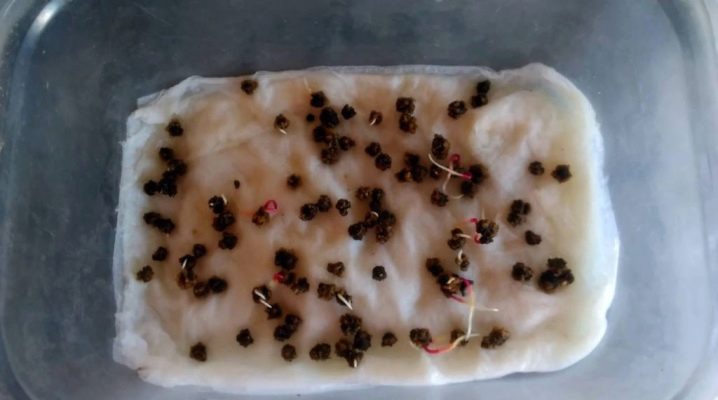
Beetroot is one of the most popular root vegetables. It is not at all difficult to grow it, but a good harvest can only be obtained if there is initially high-quality planting material. The seeds are subjected to various procedures before planting. The most important measure, according to many gardeners, is the soaking of the grains.
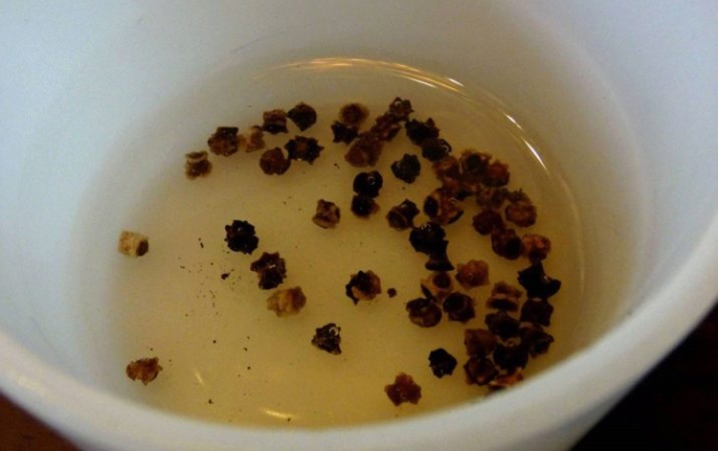
Why Soak?
This procedure applies not only to beets. Seeds of most plants are usually soaked. But this procedure is not required for everyone. But it is the beets that cannot do without it.
The seed of such a root crop has a dense and hard shell. Thanks to the procedure, this layer softens and becomes more pliable. Therefore, soaking is carried out for quick and better germination. Seeds like these germinate 100% of the time.... In addition, the sprouts appear very amicably, because at the time of planting they are all in the same state.
Material soaked in water is much easier to locate on the soil surface than non-germinated hard-shelled seeds. And also, thanks to soaking, beets grow faster, since at the time of planting they are already ready to grow rapidly.
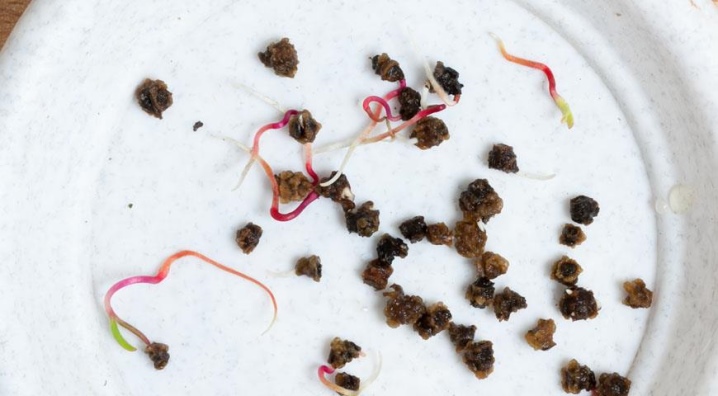
The ways
Before soaking the seeds, you need to prepare them. This stage involves the identification of samples unsuitable for inoculation. It is necessary to make a 5% salt solution, dip the grains there and stir with a spoon. Then wait a little. Those seeds that have surfaced can be safely thrown away, since they will not germinate. After this procedure, you can proceed directly to soaking. It can be done in several ways.
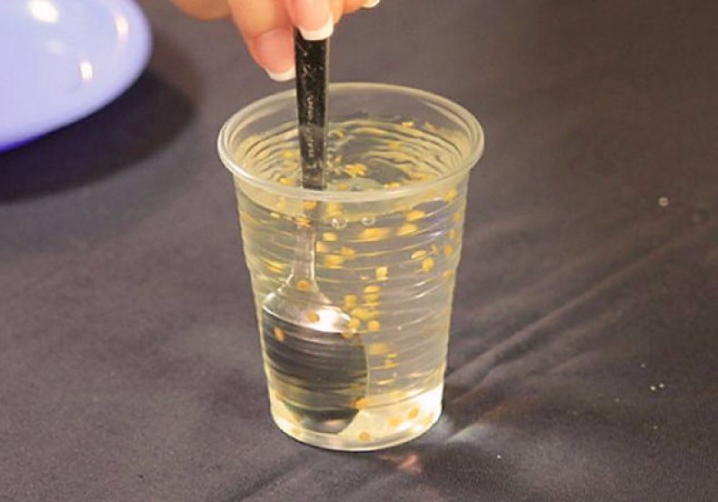
With soda
Beet seeds can be soaked in baking soda before planting in open ground. You need to take a teaspoon of baking soda and pour it into a liter of heated water. Stir well. Then the grains are immersed in the prepared mixture.
You don't need to keep them there for too long, an hour and a half is enough. After this time, the material is taken out, washed and laid out on damp gauze. Cover them with the other side of the gauze.
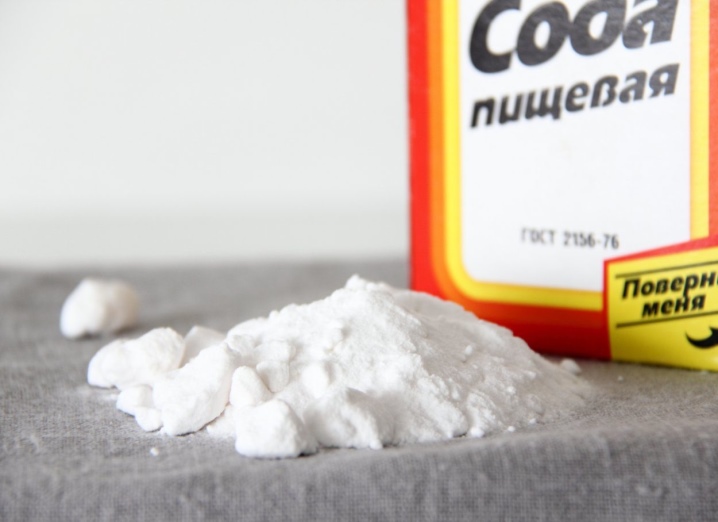
With filter paper
You can also prepare seeds for sowing using filter paper (or ordinary paper towels). The seed is well washed. After that, you need to take any wide container with a lid. Moistened paper is placed on the bottom of this container, and grains are placed on top of it. Then the container is closed with a lid and taken out to a well-lit, warm place.
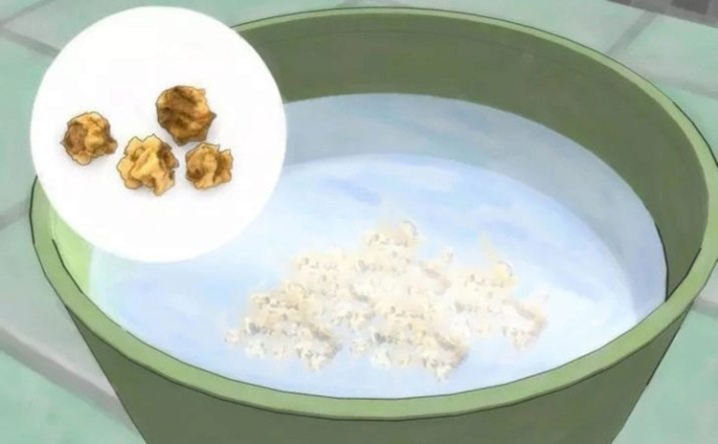
In a biostimulator
Such preparations will allow the seeds to germinate even faster. Let's see what substances do the best with this.
- Sodium humate... This tool increases the number and speed of seedlings. In addition, due to its ecological purity, it is completely harmless.
- Epin. Another good herbal preparation. Thanks to him, beets get used to new conditions much faster, plants increase immunity, resistance to unstable climatic conditions.
- "Zircon". This product is made on the basis of chicory acid. If you use it for soaking, it will be possible to achieve the fact that the seedlings will appear faster. In addition, the beets will have very developed roots afterwards.
- Superphosphate... Such dressing is known to every gardener, but sometimes it is also used to soak seeds before sowing in open ground. To make a solution, you need to dissolve a teaspoon of the product in a liter of water.
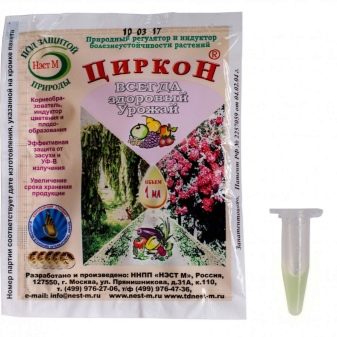
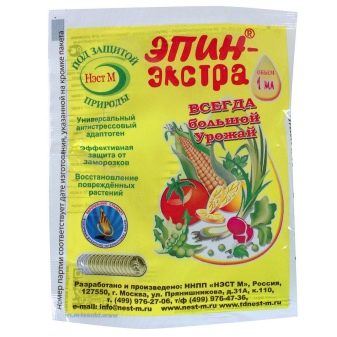
When choosing any biostimulant, one must always remember the correct dosage. It is indicated on the packet of the product.It is impossible to underestimate or exceed the dose, as this can lead to the death of the inoculum. Soaking in biostimulants is carried out throughout the day.
Grain sprouts usually appear within 3-4 days. However, this process can also be reduced by resorting to bubbling. The process involves saturating the liquid with oxygen. A tube from a compressor taken from an aquarium is immersed in the water with seeds. The duration of the procedure is usually 16 hours, and then the grains must be removed and kept in a damp cloth for another day.

In addition to the methods already described, there are many more options for how you can effectively soak beet seeds.
- Honey solution... You need to warm up the water a little, pour it into a glass. Then add a tablespoon of honey there. Seeds in such a solution should be kept for 1 to 12 hours.
- Onion peel... A small amount of onion husks is poured with cool water and brought to a boil. After cooling, the broth is filtered and used to soak the seeds. There are many benefits to the husk, so the beets will grow healthy.
- Wood ash. In 250 ml of warm liquid, dilute half a teaspoon of ash. All mix well, allow to cool completely, then insist for a couple of hours. After that, the seeds are dipped into the composition. The procedure lasts from 3 to 6 hours.
- Aloe... A couple of leaves are cut from a strong and healthy plant, wrapped in newspaper and placed in the refrigerator for 14 days. Then you need to squeeze the juice out of them and dilute with water in a ratio of 1 to 1. The seeds are not immersed in the solution itself. Instead, wet a tissue and place the seeds in it for 24 hours.

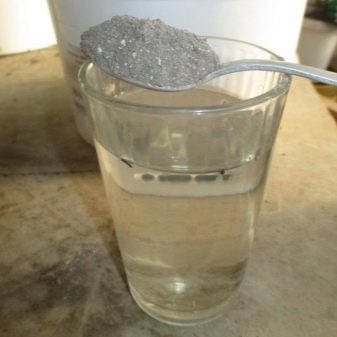
You can quickly germinate and soak beet seeds using another option suggested by gardeners. It is necessary to take two liter jars, pour water into each, preferably melted or rainwater. One can is supplemented with 100 grams of slaked lime, and the second with chicken droppings (50 g), liquid manure (0.5 cups), urea (10 g), potassium salt (5 g) and superphosphate (5 g). After that, the banks are set to infuse for four days. Then the compositions are mixed and fermented for another two months.
After this time, they can be used to soak beet seeds. The procedure takes several hours. Then they take a wide container with low sides and line it with wet cotton pads. They put seeds on them. With this technique, sprouts appear very quickly.

Processing and disinfection
Soaking and germination of seeds is directly related to their disinfection. It is also carried out in several ways. The most popular is the use of potassium permanganate. For 100 milliliters of water, 1 gram of the product is taken. The solution should not be strong.
It is necessary to take a single-layer gauze with dimensions of 0.1x0.1 m. Pour the seed onto this tissue piece, and then make some kind of a bag. The resulting bag is placed in a manganese solution overnight, and after this time, it is washed with water until it is completely cleansed (this must be done right in the bag). Next, the processed seeds in a bag are placed in a jar filled with ash for 8-12 hours. After such a procedure, the seeds will then need to be warmed up.
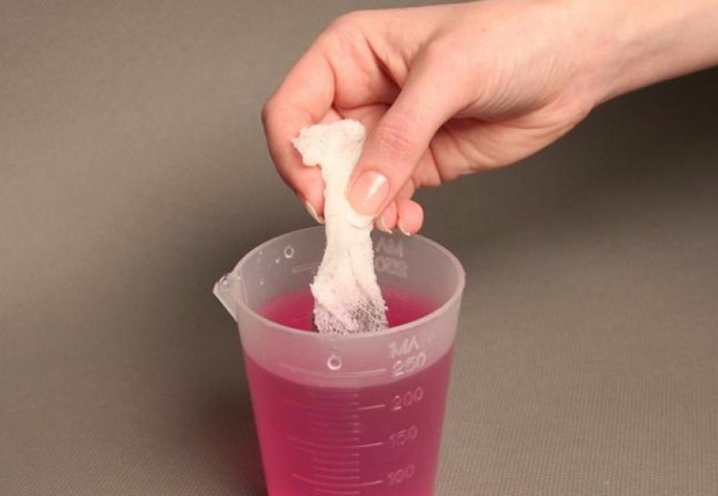
The preparation and disinfection of seeds can be carried out using other methods.
- Boric acid. We need to take a glass, fill it with warm water. Next, a quarter teaspoon of acid is poured into the liquid. Wait until it cools completely and immerse the seeds in the mixture for half an hour. Then they are washed, dried and immediately planted in the ground.
- Vodka... It performs two functions at once: disinfection and growth stimulation. The seed is immersed in vodka for 120 minutes, then it is washed and the germination process begins.
- Hydrogen peroxide. A tablespoon of the substance is needed per liter of water. The seeds can be dipped directly into the solution, or you can make a gauze bag, as in one of the previous methods. Processing time is 20 minutes. Then the seed will need to be rinsed well with water.
Important: before processing the seeds with any of the solutions, they must be kept in melt or rainwater for at least a couple of hours.Otherwise, the grains may deteriorate.
The prepared seeds should be sown in the spring, closer to the middle, when the soil warms up to at least +10 degrees.












The comment was sent successfully.